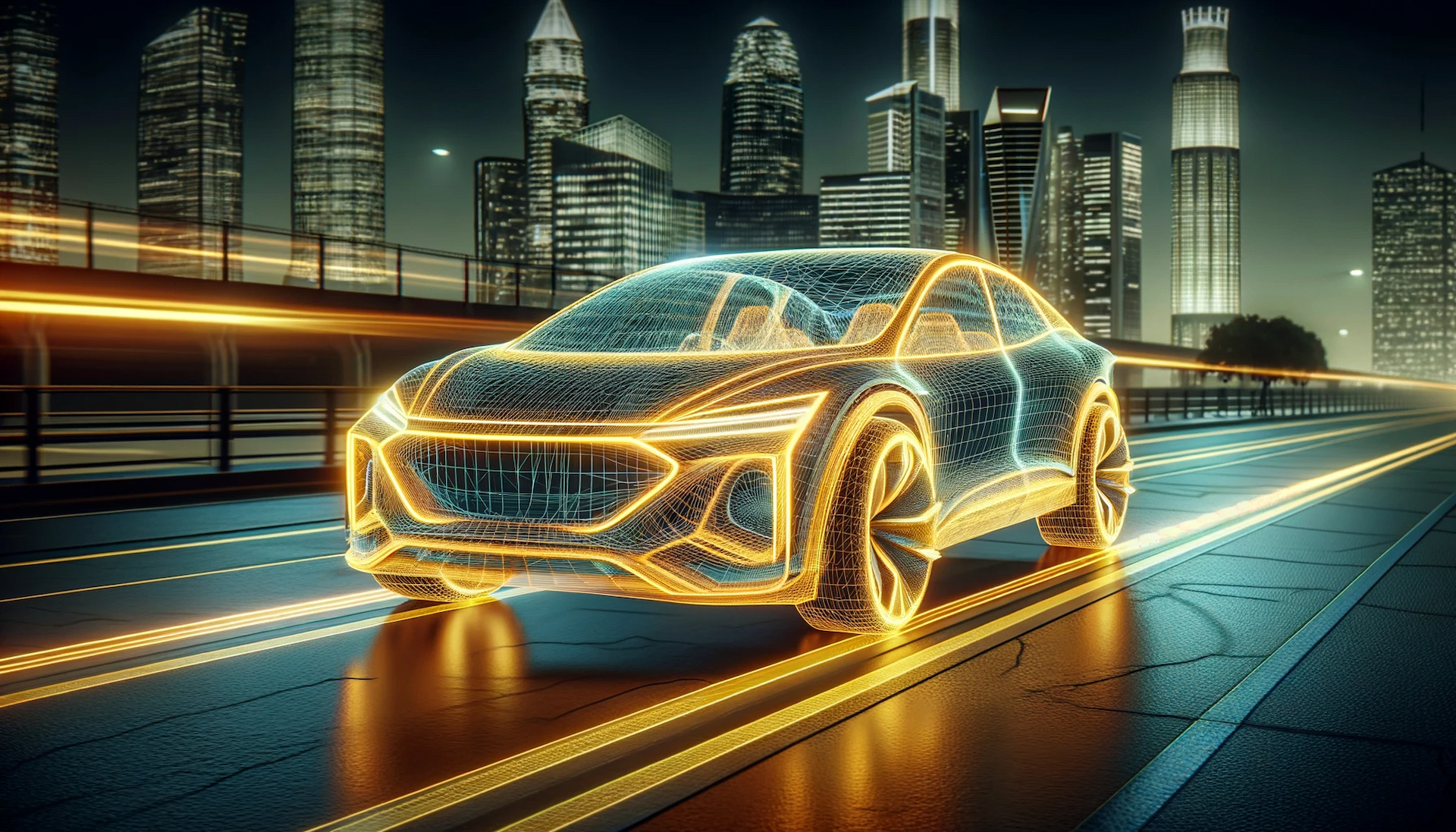|
Getting your Trinity Audio player ready...
|
The landscape of modern transportation is undergoing a dynamic shift. Our relentless search for sustainable transportation methods is leading us to the edge of a groundbreaking development: the Pi Car project. This initiative, rooted in the cutting-edge domain of neutrinovoltaic technology, promises to redefine the future of electric vehicles (EVs). Spearheaded by the visionary entrepreneur Holger Thorsten Schubart and supported by an alliance of innovative entities, the Pi Car project stands as a testament to human ingenuity and a beacon of hope for a greener future.
The Evolution of Electric Vehicles: A Context
The journey of electric vehicles (EVs) from niche novelty to mainstream mobility solutions is a narrative of technological triumph and environmental consciousness. Despite their increasing popularity, EVs face significant challenges, chief among them being battery life and energy sourcing. Current EVs rely heavily on lithium-ion batteries, which, while efficient, have limitations in energy density, charging times, and lifecycle sustainability.
Moreover, the environmental impact of mining and processing lithium and the eventual disposal of these batteries pose serious concerns. The sourcing of electricity for EVs is another critical factor. While EVs are undoubtedly cleaner than their internal combustion counterparts, their environmental impact is still tethered to the source of their electric charge. In regions where fossil fuels dominate the energy mix, the true environmental benefit of EVs is significantly diminished.
Enter the Pi Car: A Paradigm Shift
Amid these challenges, the Pi Car project emerges as a groundbreaking solution. This initiative is the brainchild of the Neutrino Energy Group, in collaboration with Simplior Technologies, SPEL Technologies, and C-MET Pune. At the heart of the Pi Car is the utilization of neutrinovoltaic technology, an innovative approach to energy generation that harnesses the power of neutrinos—subatomic particles that are both omnipresent and elusive.
Neutrinovoltaic technology represents a paradigm shift from conventional photovoltaic systems, eschewing the dependency on solar illumination. Instead, it harnesses the kinetic energy of neutrinos and various forms of non-visible radiation as they traverse our planet. At the heart of this innovation is a sophisticated multilayer nanomaterial, comprising a series of alternating strata of graphene and doped silicon.
This cutting-edge composition is uniquely attuned to interact with neutrinos and other non-visible radiation, adeptly converting their kinetic energy into electrical power. The implications of such technology are profound, heralding an inexhaustible and pristine power source. This addresses the pressing quandary of energy procurement in electric vehicles (EVs), marking a significant stride towards sustainable energy solutions.
Holger Thorsten Schubart: The Driving Force
The Pi Car project, while a collective effort, owes much of its momentum to the foresight and investment of Holger Thorsten Schubart. As the CEO and majority shareholder of the Neutrino Energy Group, Schubart has directed a substantial portion of his personal equity into the development of the Pi Car and the underlying neutrinovoltaic technology. His investment goes beyond mere financial input; it reflects a deep-seated belief in the transformative potential of this technology for sustainable transportation.
Schubart’s vision extends beyond the Pi Car. His investments in artificial intelligence and other technological frontiers are part of a broader strategy to foster innovations that complement and enhance the capabilities of neutrinovoltaic technology. This holistic approach underscores his commitment to not just creating a singular product but catalyzing a shift towards sustainable and environmentally responsible technology.
Collaborative Synergy: The Role of Partners
The Pi Car project is a shining example of collaborative innovation. Simplior Technologies brings to the table its expertise in advanced AI, which is crucial for optimizing the performance and efficiency of the Pi Car. SPEL Technologies’ role in developing energy storage solutions is another piece of the puzzle, ensuring that the energy harnessed by neutrinovoltaic technology is effectively stored and managed. C-MET Pune’s involvement highlights the project’s grounding in cutting-edge material science, a critical component of developing efficient neutrinovoltaic systems.
Challenges and the Road Ahead
Despite the promise of the Pi Car, the road to its realization is laden with challenges. The technical intricacies of neutrinovoltaic technology require further refinement, particularly in maximizing energy conversion efficiency and integrating this system into a vehicle platform. Public perception and market readiness for such a revolutionary concept also pose significant challenges. However, the future looks promising. As the Neutrino Energy Group and its collaborators navigate these challenges, the Pi Car stands on the horizon as a beacon of sustainable mobility. Its success could usher in a new era of transportation—one that is not constrained by the limits of battery life or the environmental impact of energy sourcing.
Driving Towards a Neutrinovoltaic-Powered Future
The Pi Car initiative, propelled by the foresight and investment of Holger Thorsten Schubart, coupled with the collective brilliance of various technological collaborations, transcends the realm of mere engineering; it heralds a courageous journey towards an eco-friendly tomorrow. By tapping into the elusive energy of ghost particles, this venture is laying the groundwork for a revolutionary transformation in electric mobility. The boundless energy promised by neutrinovoltaic technology harbors the potential to not only fuel the vehicles of tomorrow but also to steer humanity towards a more pristine, verdant, and sustainable existence. As we find ourselves on the brink of this technological awakening, the Pi Car stands as a testament to the extraordinary feats possible when vision, ingenuity, and cooperative effort unite in the quest for an improved world.


